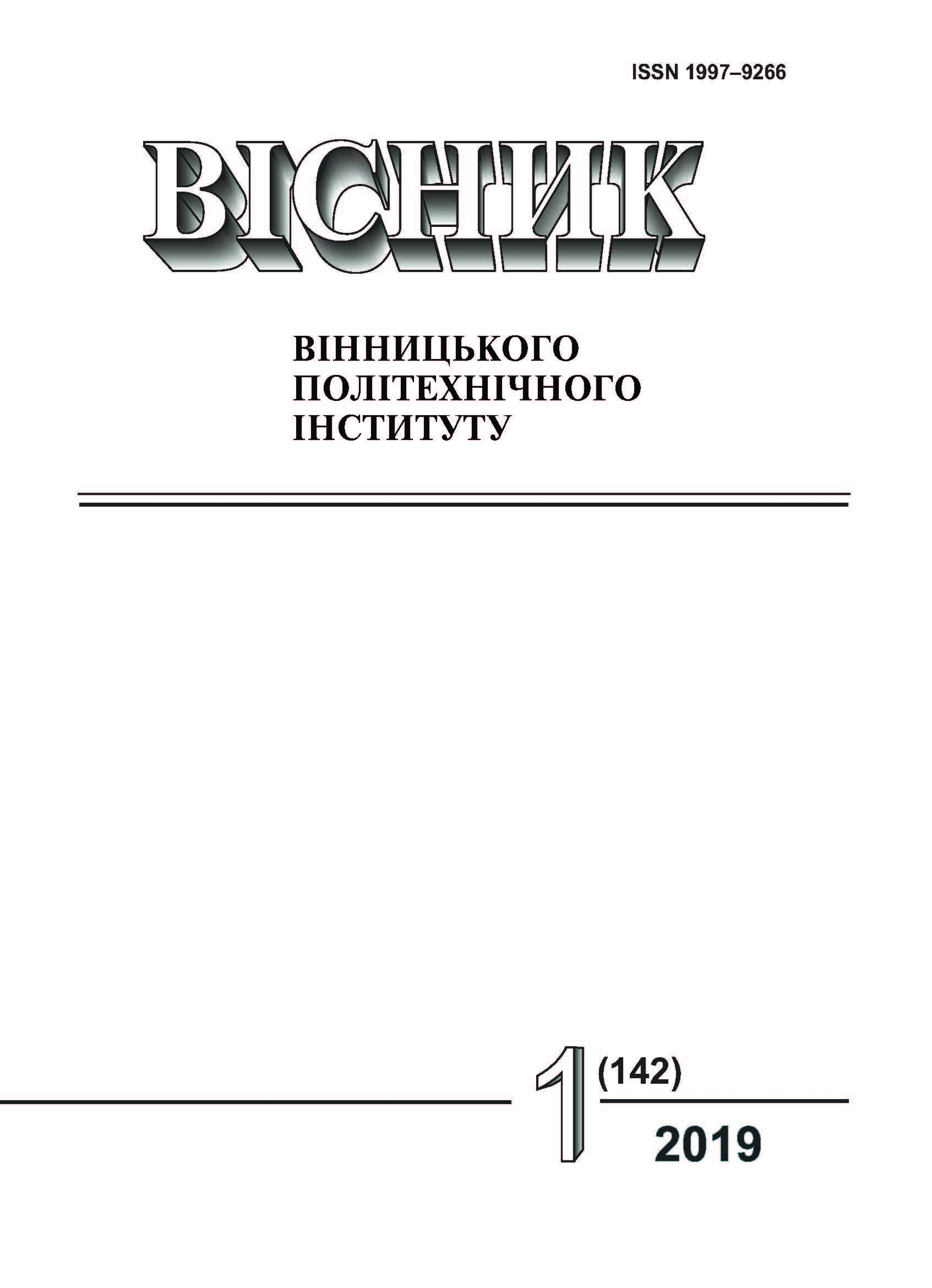Physical Modeling of Erosion Destruction of Teeming Ladle Lining in the Process of its Exploitation
DOI:
https://doi.org/10.31649/1997-9266-2019-142-1-65-71Keywords:
physical modeling, erosion, lining, teeming ladleAbstract
The aim of the work is to determine the conditions for reducing the rate of erosion destruction of teeming ladles lining by flows of liquid metal. A concomitant and inherent positive effect is the reduction of steel pollution by the products of lining destruction (exogenous non-metallic inclusions). In the article there have been discussed the mechanisms of destruction of the refractories of teeming ladles. It is observed a significant effect of erosive destruction of the lining during the steel production from the steelmaking unit and in the process of its filling on its life. The authors have proposed a method of physical modeling of erosive destruction of refractories using the basic principles of the similarity theory. Based on the π-theorem, the authors proposed dimensionless similarity numbers, based on which the model scales were determined, in particular, the scale factors for the refractory hardness, fluid density, linear scale of the model and the rate of destruction of refractory. Using the obtained scales, the authors assembled an experimental facility and developed the methodology of an experiment. For the experiment, large-scale models of ladles with standard and developed scheme of lining were used. After carrying out physical modeling, the depth of lining destruction of the ladle model has been measured using a special technique. Based on the results of measurement, a topographic scheme of the lining destruction of the model ladle for the standard and proposed lining has been drown. It has been determined that the developed lining design provided protection for the “impact zone” and reduced the intensity of lining erosion in the area of joint the walls and the bottom of the ladle by the flows of liquid metal. The average rate of destruction of the bottom when using the developed design of the lining is reduced by 18%. The scientific novelty of the work consists in the development of the theoretical foundations of the physical low-temperature modeling of erosive destruction of the ladles lining and other metallurgical units by high-temperature metal melts. The practical significance of the work is the lining design of the teeming ladles, which provides a long life of the teeming ladles with a simultaneous decrease in the level of steel pollution by exogenous nonmetallic inclusions.
References
A. Watаnabe, Y. Kusaka, and N. Shinoda, “High Carbon Magnesia Refractories,” Taikabutsu Refraktories, vol. 31, no. 262, pp. 593-596, 1979.
В. И. Пищида, «Совершенствование технологии производства стали в конвертерах для повышения стойкости их футерівки.» Дис. канд. техн. наук, металлургический факультет, НМетАУ, Днепропетровск, 2007.
L. S. Molchanov, Y. V. Synehin, O. S. Lantukh, and I. S. Ryshkova, “Research of Non-metallic Inclusions Removal in Teeming Ladles of Various Design,” Journal of Engineering Sciences, vol. 5, no. 2, pp. C1-C4, 2018.
А. А. Гухман, Применение теории подобия к исследованию процессов тепломассобмена. Москва, СССР: Высшая школа, 1974.
К. Ф. Чмирков, «Вдосконалення технології одержання сталі в конвертерах малої ємкості при використанні залізовмісних брикетів, що містять карбід кремнію.» дис. канд. техн. наук, металургійний факультет, НМетАУ, Дніпро, 2017.
Б. Л. Марков, и А. А. Кирсанов, Физическое моделирование в металлургии. Москва, СССР: Металлургия, 1984.
А. А. Гухман, Введение в теорию подобия, изд. 2-е доп. Москва: Высшая школа, 1973, 296 с.
В. Д. Румянцев Теория тепло- и массобмена. Учебное пос. Днепропетровск: Пороги, 2006. 532 с.
Downloads
-
PDF (Українська)
Downloads: 232
Published
How to Cite
Issue
Section
License
Authors who publish with this journal agree to the following terms:
- Authors retain copyright and grant the journal right of first publication.
- Authors are able to enter into separate, additional contractual arrangements for the non-exclusive distribution of the journal's published version of the work (e.g., post it to an institutional repository or publish it in a book), with an acknowledgment of its initial publication in this journal.
- Authors are permitted and encouraged to post their work online (e.g., in institutional repositories or on their website) prior to and during the submission process, as it can lead to productive exchanges, as well as earlier and greater citation of published work (See The Effect of Open Access).





